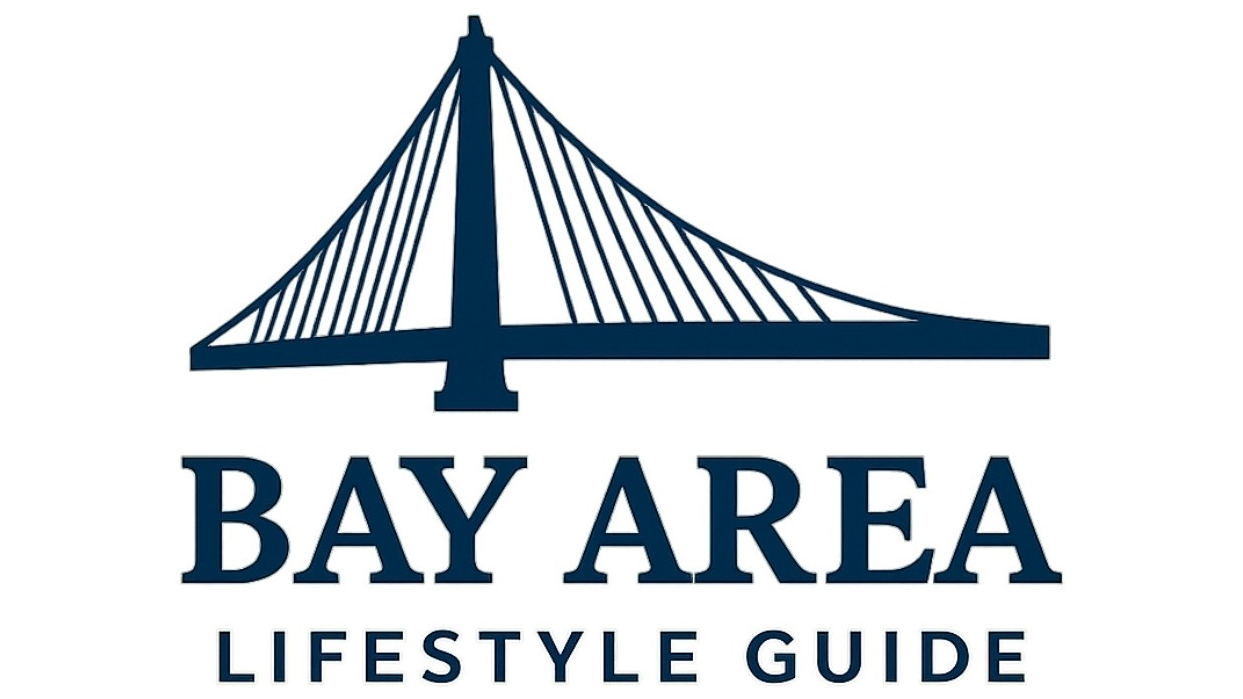
New Leadership Hopes Emerge in District 4
After a challenging tenure defined by controversy, the search for a new District 4 Supervisor in San Francisco has become a focal point of community interest. Following the swift and tumultuous appointment of Beya Alcaraz—a decision that ended in just seven days due to scandals—Mayor Daniel Lurie is now under the spotlight, facing the task of selecting a candidate who not only aligns with municipal goals but also resonates with the diverse community that calls District 4 home.
The Importance of Experience and Community Representation
It's clear that Lurie's next choice will need substantial experience, especially given the backlash against Alcaraz's quick rise and fall. The Mayor has reportedly developed a short list of five candidates, each boasting a richer pedigree of public service and community engagement than the previous appointee. Significantly, every candidate on this list is Asian American—reflecting the demographics of District 4, which has a sizable Chinese American population.
Meet the Candidates: Profiles of Potential Supervisors
Among the candidates being considered, some have already declared their intention to campaign for the permanent position in the June 2026 elections, indicating a level of commitment to serving the community. Here’s a closer look at a few prominent figures:
- Albert Chow: As the owner of Great Wall Hardware and a vocal participant in the campaign to recall former Supervisor Joel Engardio, Chow brings a strong community presence. His recent shift to support Lurie’s upzoning plan could secure him a favorable place in the Mayor’s selection process.
- Natalie Gee: A seasoned legislative aide with a history of opposing the current zoning proposals, Gee’s candidacy raises questions about where her allegiance will lie amidst Lurie’s ambitions. Her involvement in local governance positions her well, yet her stances could work against her.
- Tiffany Deng: Holding connection to artistic cultural organizations and having previous experience as a Miss Chinatown USA, Deng merges community advocacy with cultural representation, a combination that could appeal to voters looking for a champion of the arts.
- Ike Kwon: With a strong background in high-profile administration roles, Kwon exemplifies political ties and experience. His previous opposition to key propositions indicates a possible alignment with Lurie, aiming to foster meaningful developments within the district.
Community Impact and Future Directions
The implications of this appointment extend beyond the individual candidates. At the core of this transition lies the contentious “family zoning” upzoning plan—an initiative that is intended to address housing challenges but has drawn considerable backlash from various community factions. Lurie’s decision will not only affect the future of this policy but will also influence local community dynamics, particularly among residents who feel passionately about their neighborhoods.
What Lies Ahead for District 4
As the Board of Supervisors meeting approaches on December 2, the urgency for a well-considered choice has never been greater. Mayor Lurie is keenly aware that his next move will be scrutinized by a community that craves stability and accountability. Each candidate represents a different potential pathway, and voters will be keenly watching who emerges as the new leader of District 4.
Why Community Engagement Matters
With change on the horizon, community engagement is pivotal. Residents have a critical role in this democratic process, and participating in discussions surrounding these candidates can strengthen civic bonds. As Lurie navigates through this decision-making landscape, the voice of the people must resonate loudly.
The choices made today are not just about policy; they define the future character of District 4. As engaged residents, it’s our responsibility to remain informed, participate actively in local discourse, and advocate for a representative that truly reflects our values and aspirations.
A Call to Action for District 4 Residents
As we near a potentially landmark decision for our community, it is vital to stay informed and engaged. Attend town hall meetings, voice your thoughts on social media, or engage in conversations with neighbors. Your input matters. Together, let’s shape the future of District 4 into one that represents us all.
 Add Row
Add Row  Add
Add 



Write A Comment